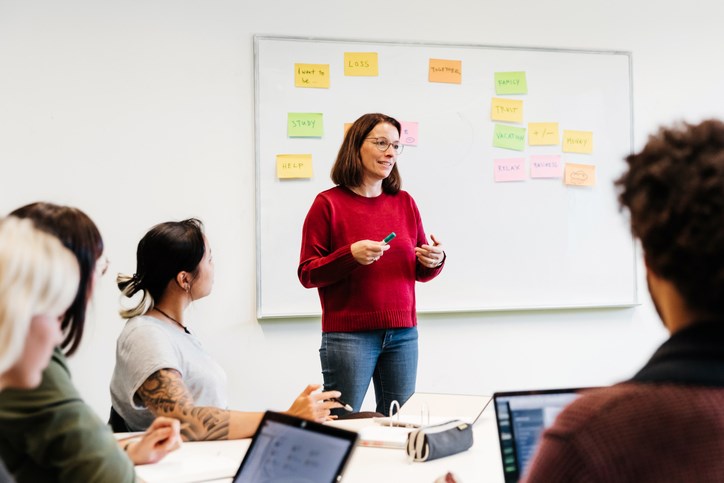WEYBURN - A major goal of the Â鶹ÊÓƵ East Cornerstone Public School Division (SECPSD) is to provide an opportunity for all of the 8,200 registered students to succeed. That promise brings large challenges that are being met on a daily basis.
Evidence of these successful forays into various learning and environmental channels was brought forward on Sept. 15 in the school division’s boardroom.
Educational consultants, instructors and teachers delivered a two-part presentation to the board members attending the September 15 open meeting in the division’s head office in Weyburn.
Beginning with a two-member team of Lise Bechard-Fuller and Shannon Shakotko, board members were informed of the work being done and successes achieved with First Nations students and families through the Jordan’s Principle measure that ensures substantive equality with no gaps in publicly-funded health, social and education programs, services and supports for Indigenous children.
The two women explained how the pandemic had curtailed some extra-curricular activities, but the learning process had continued as they leaned on support staff. Shakotko said she is now in her fifth year of the program and the survey work she carried out in the first year is paying dividends.
“I thought I would work myself out of the job at first,” she said, but with 384 current applications for assistance, with only one denial being issued at the provincial level, there was lots of work still to be done and it was welcomed by both presenters and recipients.
Bechard-Fuller explained how a literacy program was tied into active gardening projects in First Nations communities boosted by donations. Follow-up literacy exercises were enhanced by the inclusion of Indigenous authors at all age and grade levels.
Tree planting activities and bird house construction led to even more opportunities to learn through the activities as well as the books with 162 children getting involved in a four-week program that included some rain-soaked mornings and afternoons and loaded up vehicles that brought seedlings, books and construction materials to the classes.
“The feed back from parents was very positive,” said Bechard-Fuller, “we had family engagement successes.”
“I am looking forward to doing this again,” said Shakotko, “I want to engage older students, perhaps with graphic novels and we want to be more intentional with parents/guardians, keeping them in mind so that we get all more engaged in the books.”
The second segment was brought forward by Cheryl Anderson, co-ordinator of student services, and Raylene Forseth, a mental health consultant, who focused on mental health initiatives.
Anderson said that Forseth, who began working with the division in 2019, pulled items together to make delivery more efficient.
“She made sure we got them out there and used our key resources while being connected to the Saskatchewan curriculum.”
With the COVID pandemic in full force, the two felt it was important to pay attention to the whole child, deal with stress factors and “getting the lid back on,” for those students being victimized by various events in the current environment.
Forseth said they now have trauma sensitive schools willing to respond to specific traumatic events and their correlation to learning processes. She noted there is a high rate of family trauma in the province and toxic stress can be found more often.
Anderson added they currently have seven professionals on board as school counsellors for schools and families and daily positive contact with students who required that frequent connection.
In terms of family engagement, Forseth noted that “each school has their own social media presence.”
The two professionals walked the board members through a sample of learning using the upstairs brain and downstairs brain to help regulate emotions and how the brain keeps people safe through learning and when the brain is not calm and regulated it then tells people to fight, flee or freeze.
The two women delved into learning and wellness opportunities and family engagement through the Kitchen Table Connection program, community collaboration with other professionals as well as self-help concepts such as screen time budgets, posting and sleep patterns.
“Our work is ongoing, dealing with life, learning, coping during the past 18 months,” said Forseth.
“We are focused on relationships and recognize the work done by division staff.”



